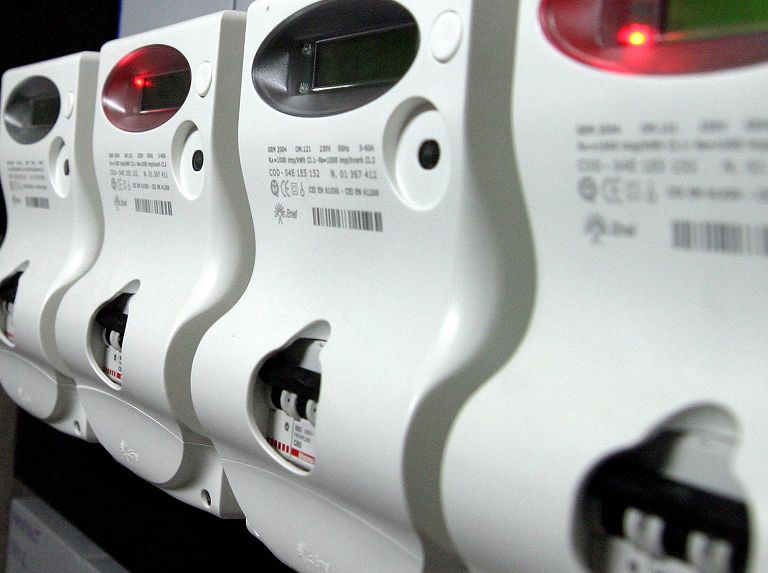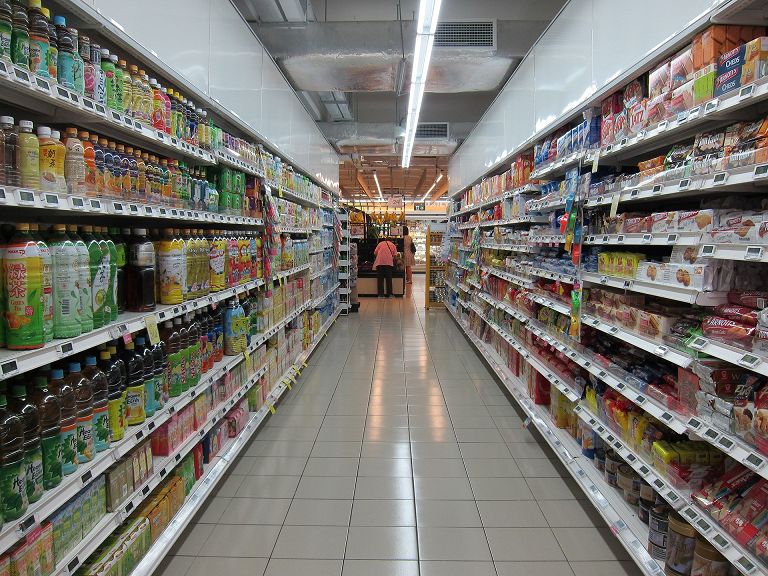A “better” scenario that leaves the specter of a recession far away, at least for the first quarter of the year. This is the positive picture of the Italian economy that emerges from the analyzes of the Confindustria study center: Despite growth with “low dynamics, around +0.6%”, the fall in energy prices that began at the end of 2022 gives the country oxygen, in contrast to that , which has been assumed so far. And the association even goes so far as to assume an “interest rate change”, even if – according to the study center – it could happen “not before a few more hikes”, but definitely “by 2023”.
Consumption, bills, increases
“The gas price – according to the report – is significantly lower at the beginning of the year than expected for the end of 2022: a good prerequisite for the 1st quarter, for the costs of business and for the recovery path of inflation from the peak. Started late last year”. For 2023 there is therefore “a generalized and important upward revision compared to the estimates after the summer, when stagnation or a moderate recession was expected”.
 handle
handle electricity meter
The drop in energy prices (which, however, remains well above the level of two years ago, writes the Centro Studi) “favours the fall in inflation in Italy and Europe (although still at high levels) and signals the end of the Rate hike until 2023″. However, when general inflation falls, the cost of non-energy raw materials increases (+16.8% for metals). Price dynamics excluding energy and food also increased (+4.6% from +4.2%) .
 handle
handle Confindustria headquarters logo
Resilient Italy, from production to consumption
Italy is proving to be “very resilient” as industrial production improves and after rebounding in January (+1.6%) after a three-month decline, January data paint “an improving scenario”.
In the construction industry, on the other hand, a “continuation of the weak phase” is expected.
 (pixabay)
(pixabay) Supermarket
Buying boom at discounters
The association also emphasizes that household consumption is continuing with “prudent consumption decisions due to high inflation” and “spending is shifting even more towards discounters”. Then there will be more jobs, but also more labor shortages. Exports are slowing between a eurozone with uneven recovery and the US where growth is lacking in industry.